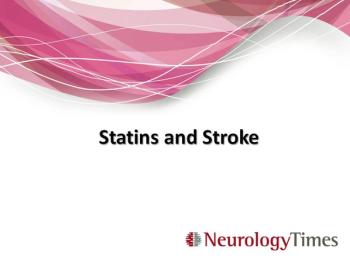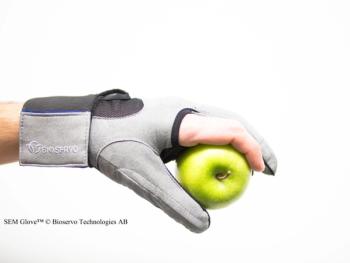
Technology that is efficient yet lacking side effects, personalized, and nonintrusive may be closer than we think for many of our neurology patients.

Technology that is efficient yet lacking side effects, personalized, and nonintrusive may be closer than we think for many of our neurology patients.
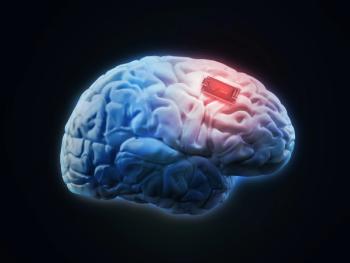
A self-degrading implantable device for the brain may potentially ease some of the challenges of managing TBIs and other neurological emergencies.
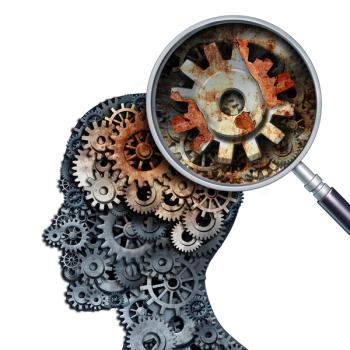
The GREFEX study compares the diagnostic accuracy of shortened vs. full battery tests for executive disorders in stroke.
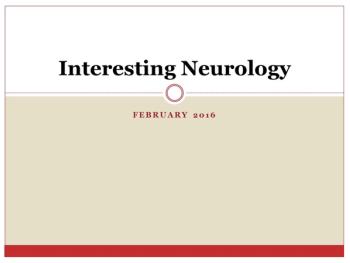
Our Feb. news & research include two new migraine drugs, the stroke-Parkinson link, and the potential of an anticancer drug to prevent Alzheimer.
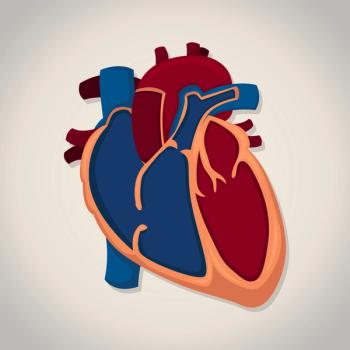
Optimal therapy for people with a history of patent foramen ovale and cryptogenic stroke has not been defined. We review several recent studies.
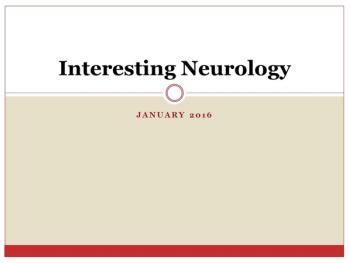
Our Jan. news & research list includes the possible lingering effects of childhood concussion and the benefits of vitamin D for MS.
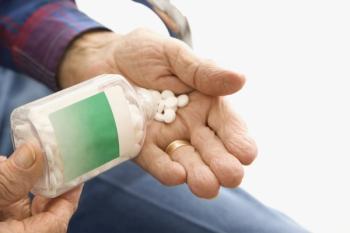
A new study suggests that NSAIDs can increase the risk of CV events, such as ischemic stroke, and that these risks differ by type of NSAID.
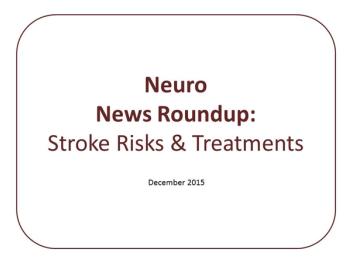
The risks and benefits of intravenous tissue plasminogen activator and endovascular thrombectomy are discussed in the following slides.

Stroke has many long-term repercussions, but the effect on informal caregivers is sometimes overlooked.
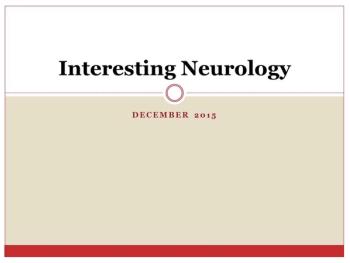
Our Dec. news & research list includes groundbreaking research from AES 2015 as well as a few potential neurodegeneration biomarkers.

In ischemic stroke subtypes in young-onset stroke, researchers identify a modifiable risk factor in a high-risk group.
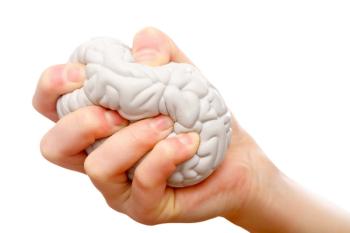
The holidays can be an especially stressful time of year, so patients need to be aware of how stress influences neurological disease progression.
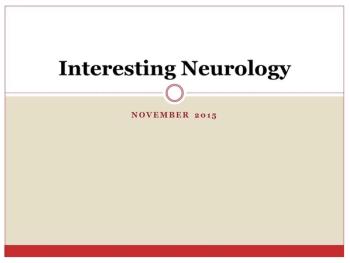
Our Nov. news & research list includes 2 successful genetic Alzheimer treatments in mouse models and a potential drug for Parkinson disease psychosis.
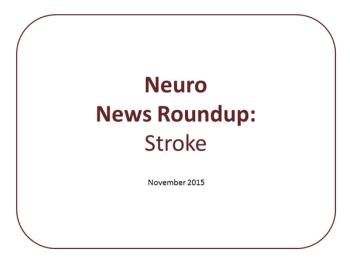
The following slides discuss strokes: the role of job stress and the stress doctors feel when treating cryptogenic strokes.
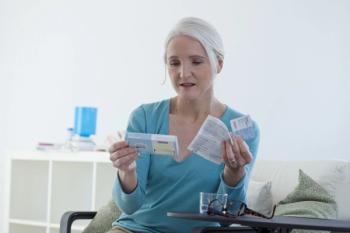
How does postmenopausal hormone therapy affect cardiac and stroke mortality?

We know working long hours is bad for our health, but which risk is greater, coronary heart disease or stroke?
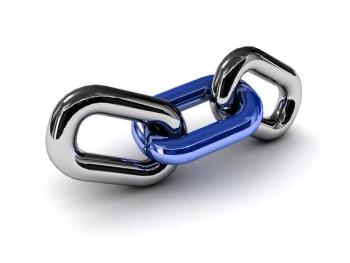
Our blogger discusses a possible resolution to this much-debated topic.
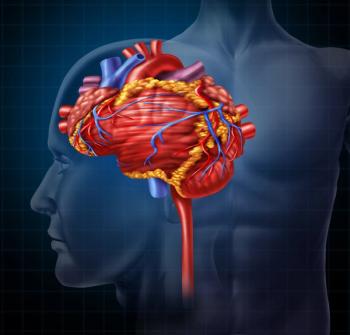
About one-third of stroke patients have significant cognitive impairment within several months of the event, but what is their status in the long term?
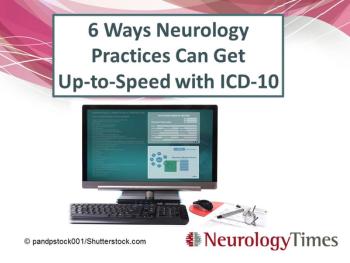
Neurologists will need to improve documentation for several common diagnoses to make a successful ICD-10 transition. Here are six helpful tips.
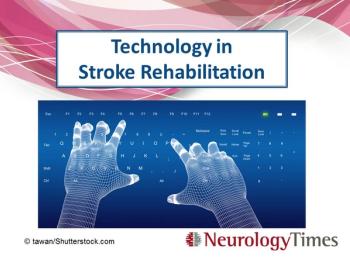
Learn about virtual reality systems and a functional therapy approach designed to promote quicker stroke recovery.

Learn about an app designed to help paralyzed patients, a system developed to provide head impact data, and a new use for an antiepileptic drug.

To stent or not to stent? We present 3 studies with opposing responses to this question.
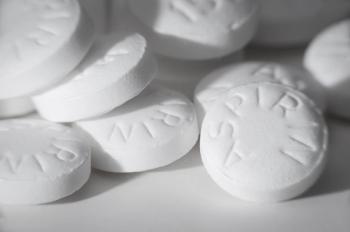
Worse strokes are more likely to occur in patients who are resistant to aspirin. Better ways to identify those patients are needed.
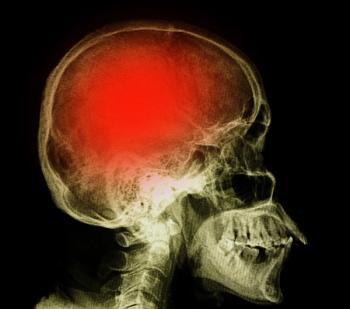
Can the EEG predict neurological outcomes in post-anoxic encephalopathy from out-of-hospital cardiac arrest? What effect does TIA have on stroke risk in women migraineurs? What's the relationship between MS and vitamin D levels in minority populations?
